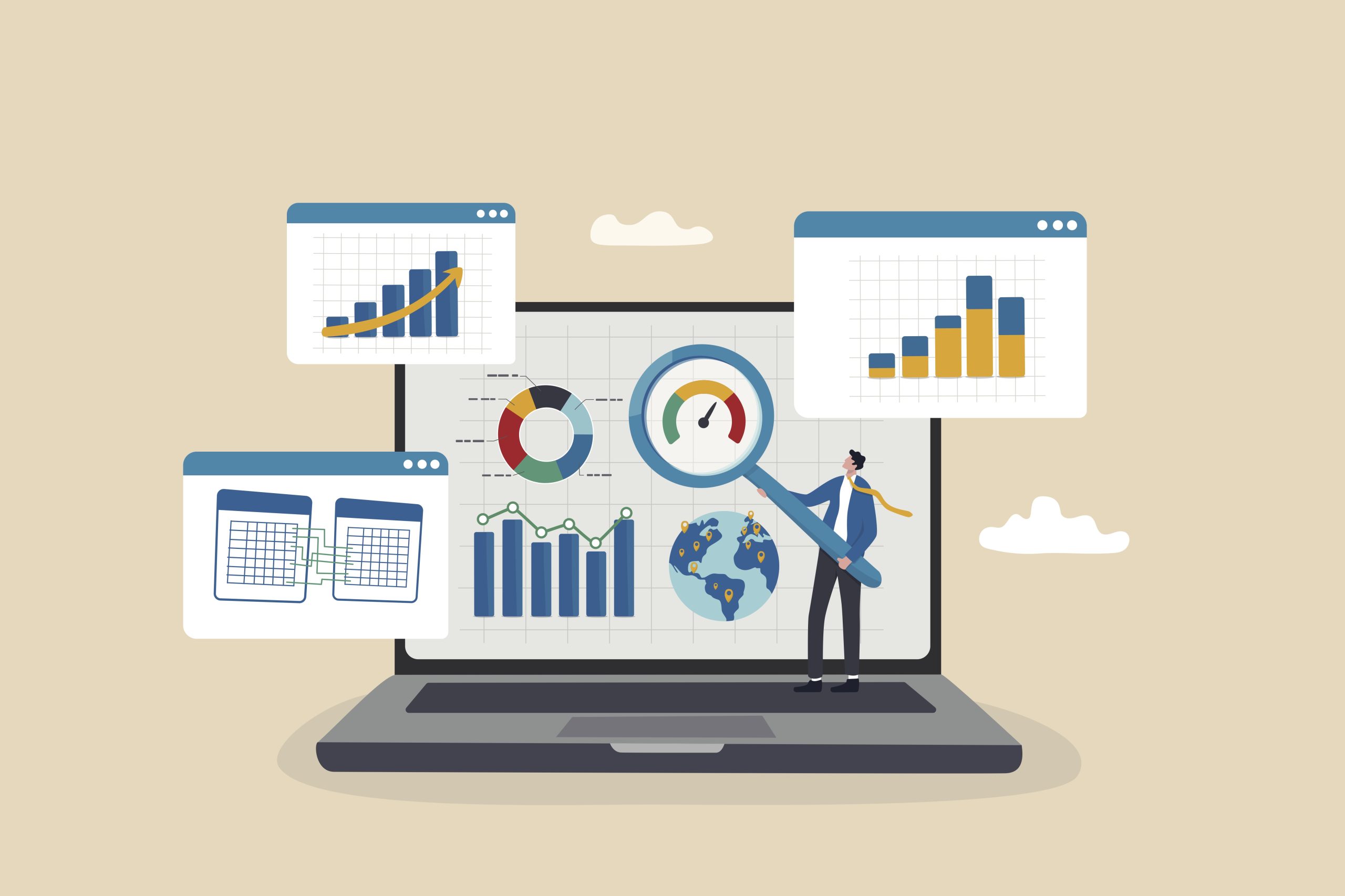
Saying the past few years have been overwhelming is an understatement. With post-pandemic buyer trends changing the market substantially, brands and online retailers have had to adapt their personas and eCommerce strategies a considerable amount.
Luckily, Fireside is here to break down what’s to come in 2023 – so you and your brand can stay one step ahead throughout the year, and take reign of what’s next in terms of consumer behavior.
Follow along to learn about the top emerging 2023 eCommerce trends and how to capitalize on them in the new year.
Major Consumer Shifts Ahead
eCommerce has been in hyperdrive since 2020 without a foreseeable end in sight. However, we may see a change in consumer spending as we near the end of 2022 and move into 2023. Economists have predicted a 49% chance of recession in 2023.
With the looming recession, buyers are becoming wary of their financial habits, and are in turn spending less. Mixing inflation with the never-ending rising prices of the housing market, America’s purchasing power has indefinitely diminished.
With this, what trends can we expect to see in 2023?
Spikes in Online Shopping
Online shopping is now easier than ever before. You can even order groceries to be delivered to your home at the click of a button. The convenience of not having to leave the comfort of your home to get what you need has taken America by storm.
With this, it is no surprise that eCommerce is projected to continue to prevail throughout 2023. If you have yet to onboard your brand online, now is the time to do so.
If an online presence is something that you desire, (hint hint: it should be) we highly recommend a platform such as Shopify: a scalable platform that allows you to host your own ecommerce storefront, marketplace, and manage social media.
Increased Social Media Marketing
Social media marketing has been around for quite some time now, but the younger generation’s relationship with social media has caused its meaning and significance to soar to new heights. We’ve seen Facebook Advertising since 2007 and Instagram Advertising since 2013, but video marketing applications, such as TikTok and Instagram Reels have presented an entirely new ballgame.
According to GlobalWebIndex, 54% of social media users research potential purchases via social apps, and 71% are more likely to purchase products and services based on social media referrals. Furthermore, 29% of social media users are more likely to make a purchase on the same day of using social media.
Consumer and Brand Alignment”
“Purchasing is always a moral action” – Pope Francis
According to a Consumer Culture Report, 71% of consumers prefer buying from companies that are aligned with their values. With this, we can expect consumers to become more politically and socially conscious in terms of their purchasing behaviors within the next year.
Synonymously, we will see a rise in environmental awareness, and increased support of brands that are environmentally conscious.
To gain new customers, a brand will need to invoke ethos within their targeted purchasers by highlighting brand significance and how product offerings align with the societal and moral standards of the consumer. For example, does your company follow a green business model?
There are various ways you can align your brand with the morals of your consumers; you just first need to figure out what it is you are trying to portray.
Subscription Growth
A recent report from PipeCandy has revealed that 75% of DTC brands will have a subscription-based offering by 2023.
This can be attributed to the buying trends of younger generations, and the convenience of automated purchasing. Again, brands like Shopify and Squarespace are what make brand growth through subscriptions possible.
So, What’s Next?
While we’ve covered the daunting projections of consumers spending less money, the question now is: How can you avoid losing profitability and increase your revenue amidst a looming recession? Luckily, we’ve got answers!
1. Knowing Your Audience
First and foremost, you must stay ahead of the curve and really understand your target audience. According to McKinsey, by narrowing your list into segments and catering to the audience correctly, you can boost your ROI by 3-5%.
You can segment your audience by looking into their buyer persona and past trends. Ask yourself a few of these questions:
- Have they purchased a single product from your brand before?
- Have they looked at products and then abandoned their cart?
- Do they consistently come back for products? Do they even buy a few extra?
By understanding how consumers are reacting to multichannel markets, you can predict how they’ll interact within your market as well.
2. Building Brand Awareness
The key to success in 2023 is going to be grounded in brand awareness, focusing on how well consumers understand not only your offerings, but also your brand mission and persona. But how do you do that, you may ask? By staying top of mind throughout the user journey.
From social media experience to the package in which they receive their products, you want to promote your brand and your beliefs.
Staying engaged with customers that take time to leave reviews or reach out with questions is crucial, and helps build brand loyalty and credibility over time. And, while marketing and the eCommerce industry has changed drastically over the past few years, nothing is more powerful than word of mouth.
What’s a better way to tell your friends and family how good a product or service is than a referral program? While this intrinsically promotes external sales with new customers, it also promotes revenue growth within your current database of customers as they’ll come back and shop with the discount or perk they receive for referring a friend.
3. Spearhead Your Marketing Automations
Email marketing is crucial to a growing business, and even more important over the next year as buyers begin to spend less. Depending on your marketing goals, you’ll possibly want to look into automating your email marketing campaigns, (another hint: we definitely think you should do this).
We recommend using automation platforms such as Klaviyo for email marketing, or if you’re looking for a more robust CRM software, HubSpot.
By using software that allows you to cater your email messaging and segmentation, your brand can see up to a 760% increase in revenue. And while social media platforms are gaining traction into 2023, a report by McKinsey noted that email is still 40 times more effective at acquiring new customers than platforms such as Facebook and Twitter combined.
Reframing eCommerce in 2023
With all of this being said, we can expect some big changes in the eCommerce industry within the upcoming year. Whilst navigating unknown waters can be scary and challenging, the tools we’ve provided will set you up for success throughout 2023 and beyond.
Get ahead of the game by recognizing the shifts in consumer behavior, understanding how to capitalize on them, and adapting your eCommerce strategy to meet the dynamic needs of your consumer.
Interested in learning more about eCommerce trends and how Fireside can help you grow your brand’s revenue in 2023?
Sources:
- https://www.bloomberg.com/news/articles/2022-08-12/us-inflation-forecasts-marked-higher-for-2023-survey-shows
- https://www.forbes.com/sites/forbestechcouncil/2022/11/16/online-shopping-trends-to-watch-in-2023/?sh=deaf2866ee73
- https://www.gwi.com/connecting-the-dots/new-american-dream
- https://www.mckinsey.com/~/media/McKinsey/Business%20Functions/Marketing%20and%20Sales/Our%20Insights/EBook%20Big%20data%20analytics%20and%20the%20future%20of%20marketing%20sales/Big-Data-eBook.ashx
- https://www.bizjournals.com/bizjournals/how-to/marketing/2015/05/how-social-media-influences-consumer-buying.html
- https://www.linkedin.com/pulse/young-consumers-buy-alignment-brand-values-parrys-raines/
- https://pipecandy.com/research/state-of-us-dtc-subscription-industry-2022
- https://www.campaignmonitor.com/resources/guides/email-marketing-new-rules/
- https://www.mckinsey.com/capabilities/growth-marketing-and-sales/our-insights/why-marketers-should-keep-sending-you-emails





